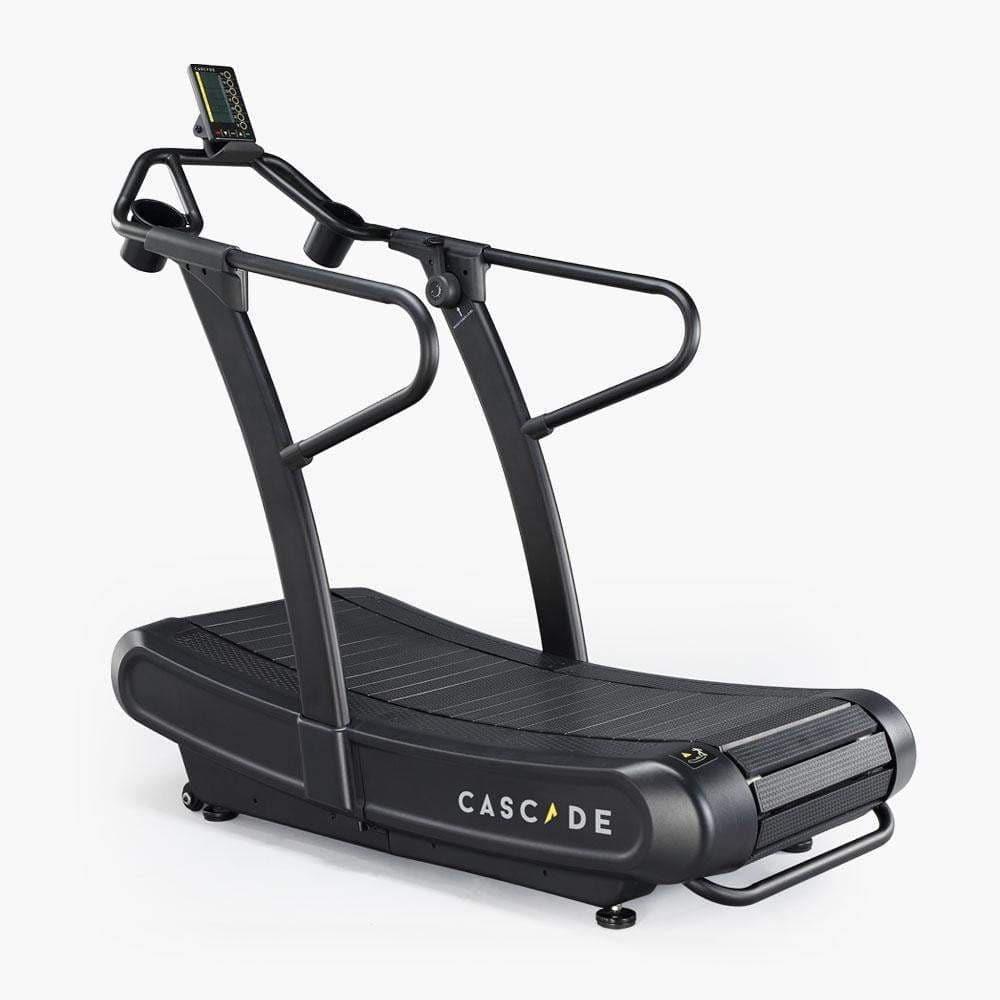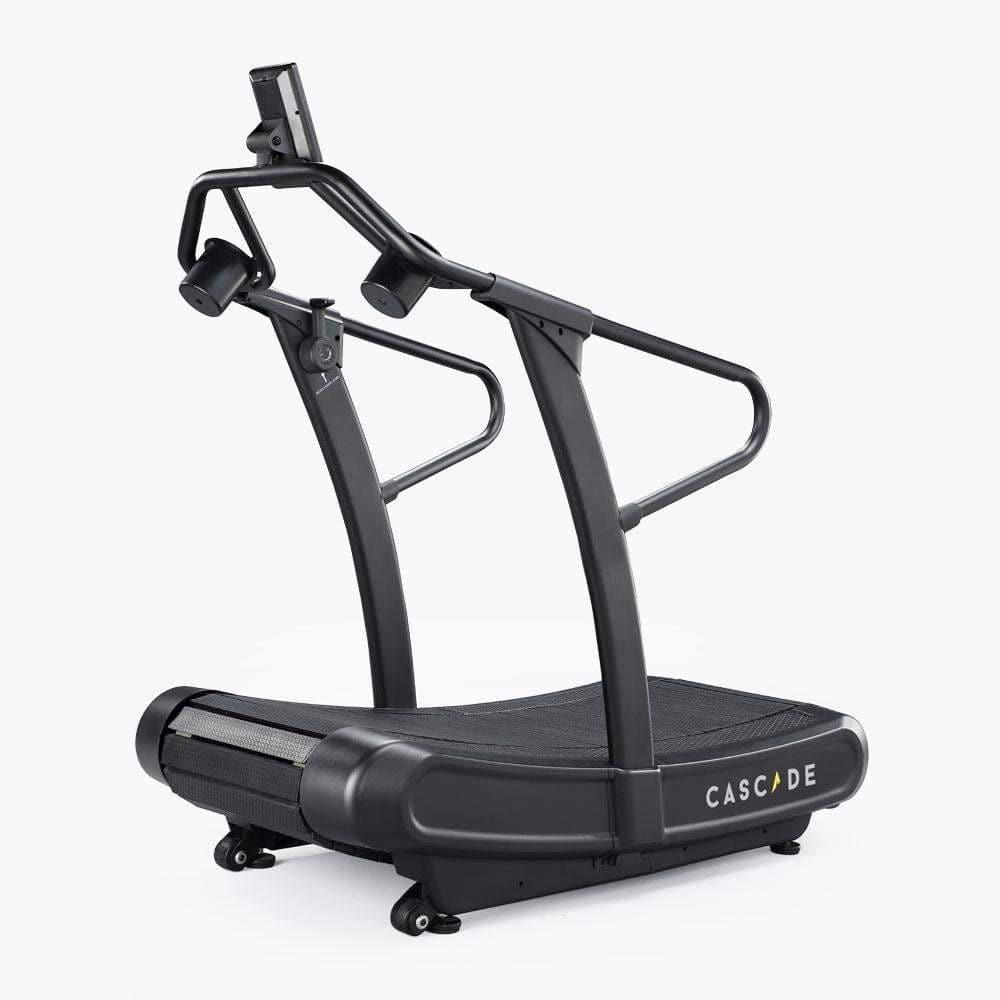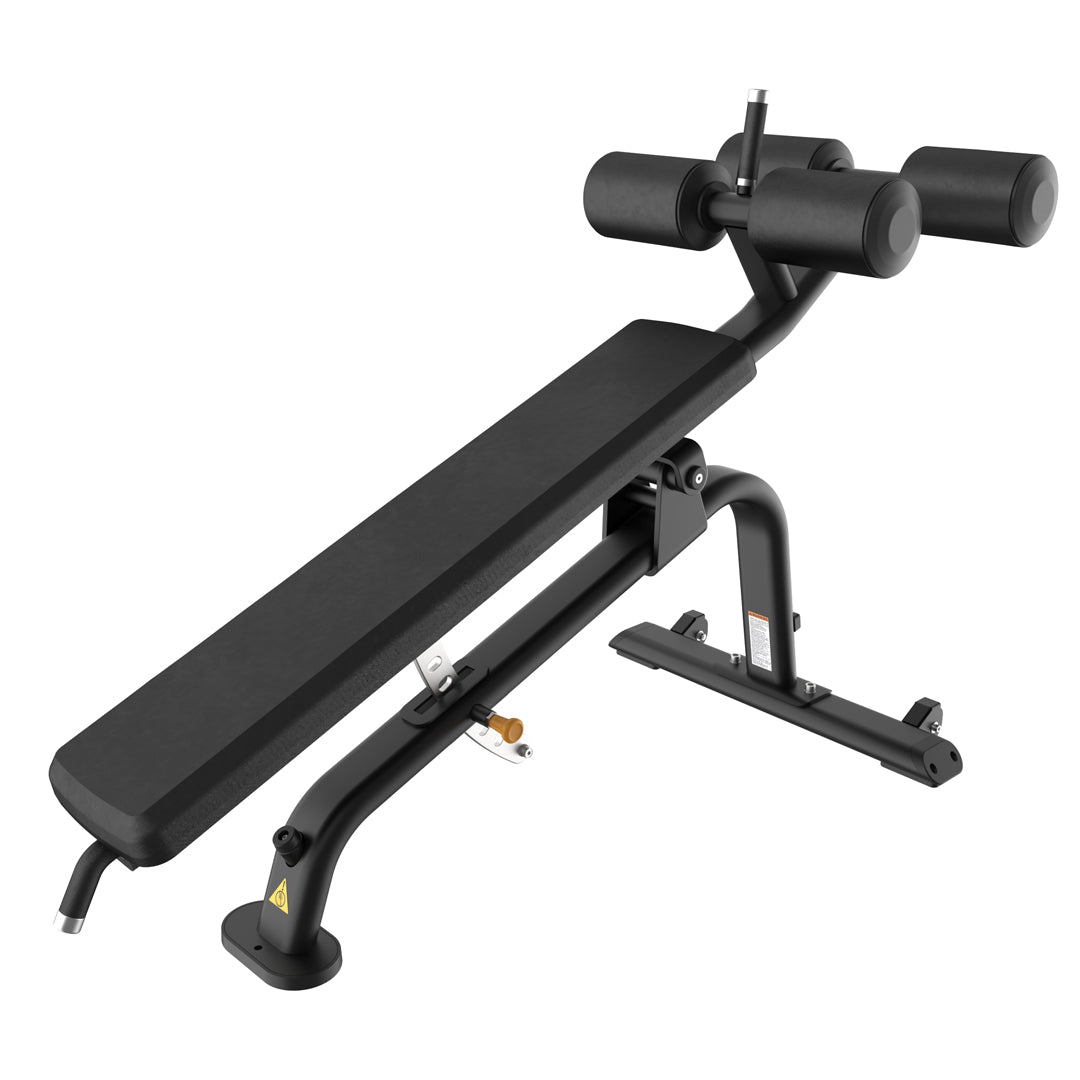
The Different Types of Stretches
Share
In order to stretch out the different muscles within your body and add some variety to your workout to keep you engaged, the different types of stretches are important to consider so that you get the most effective workout relating to your goal.
Dynamic Stretching
This form of stretching focuses on performing stretches that gently push your body up against its limits to gradually increase your flexibility, reach, and speed. Examples of exercises for this form of stretching include high kicks, jump squats, or lunging with a twist. Be careful not to push your limits too hard, otherwise, you risk injury.
Ballistic Stretching
If you do forcefully push your body past its limits, this is called ballistic stretching. This form of stretching is discouraged because it's far more likely to injure you than benefit you, as ballistic stretches don’t allow your muscles to adjust like with dynamic stretching. This form of stretching is important to know so that you can avoid it.
Active Stretching
Active forms of stretching should be familiar as this is the kind of stretching most used by activities such as yoga. You assume a yoga pose, for example, and hold it using nothing but your own strength, resisting gravity while supporting your own body weight. If you’re interested in acquiring some yoga equipment to help you with the different types of stretches, you can easily find those accessories within our home gym store.
Passive Stretching
Also referred to as “relaxed stretching,” you’ll do similar exercises as active stretches, but the difference is that you assume a position and hold it with the assistance of another body part, partner, or object. For example, you may bring your leg up high and then hold it there with your hand. This form of stretching is ideal for cooling down to resist post-workout muscle fatigue.
Static Stretching
Often confused with passive stretching, static stretching consists of stretching a muscle right up towards its limit and then holding that position, like active stretching. Examples of static stretches include overhead triceps stretches, bicep stretch, or a seated butterfly stretch. You’ll typically hold these stretches for 15-20 seconds at a time.








